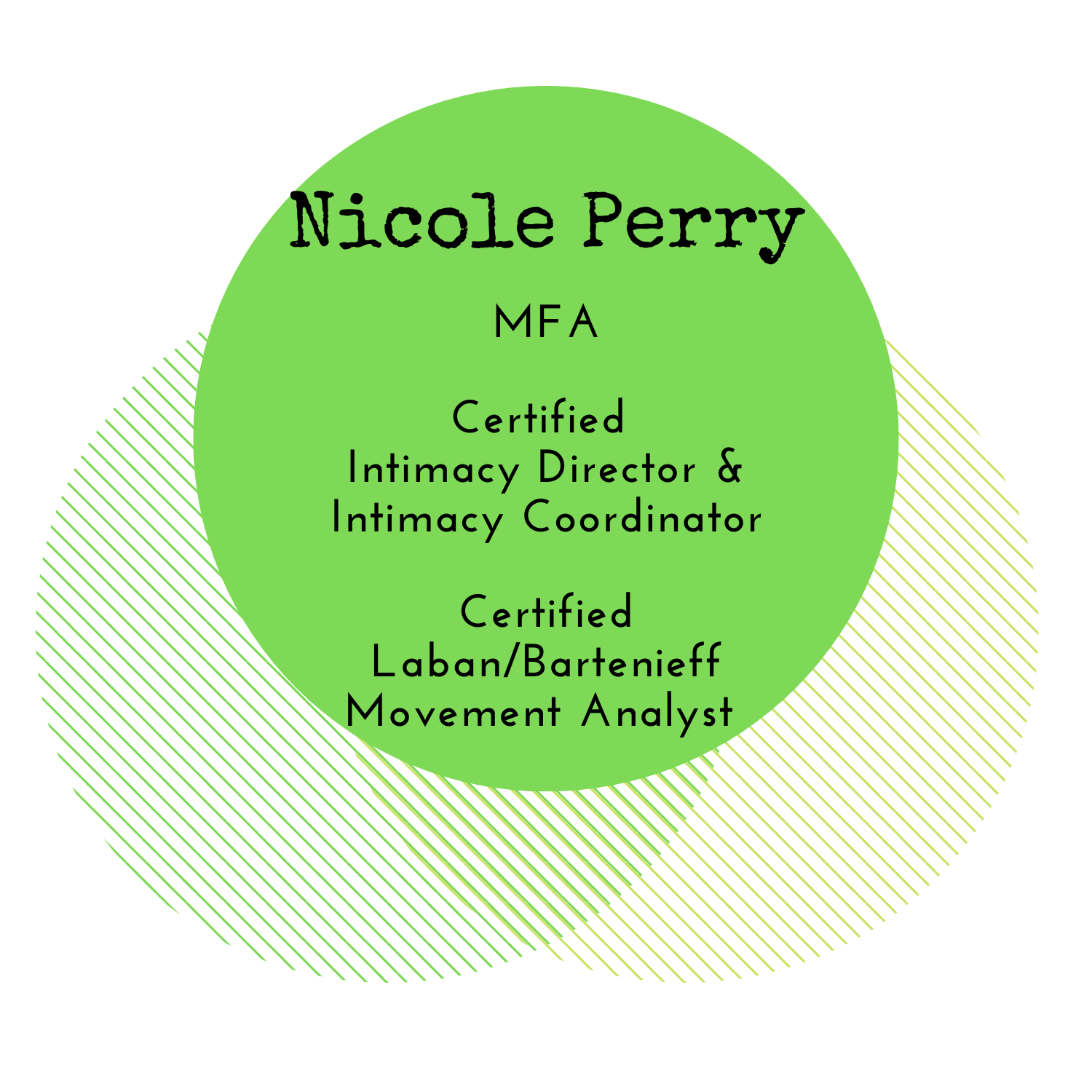The other day I tweeted (Xed?) “What is ‘unprofessional’ about care?” My difficult experiences at educational institutions, coupled with the stories shared by a few colleagues in educational institutions across the country, my other job as an intimacy coordinator, and my recent viewing of an episode of Murdoch Mysteries in which Dr. Ogden is fired because she prioritized the care of a patient of the ego of a male doctor led to this question.
The idea that care is unprofessional stems from a supremacist cultural normative ideal: a cis, heterosexual, white, able-bodied male. Performance Artist Johanna Hedva ([2016] 2022) wrote in her seminal essay on disability justice, Sick Woman Theory,
What is so destructive about this conception of wellness as the default, as the standard
mode of existence, is that it invents illness as temporary. When being sick is an abhorrence to the norm, it allows us to conceive of care and support in the same way.
Care and support, in this configuration, are only required sometimes. When sickness is temporary, care and support are not normal. (emphasis mine)
Care is not normal in our world. Which is exactly what makes care necessary.
Care, the arts, and teaching are all devalued in a society that values product over process. Our society is built on hierarchy, rather than community. However, if we are to humanize our profession, we must accept bodies and boundaries, and create community. Only through humanization will we prevent trauma and burn-out, and create an industry that values the artist as well as the art.
Hedva points out in the essay that part of the “problem” of care is gender. Women are often seen as needing more care, and are, professionally and domestically, more likely to be caregivers. An article in Scientific American concludes “According to ‘status value theory’, men's higher status in society means that men's roles and careers are given higher status than those of women. As a result, people value male-dominated domains more than female-dominated domains (Kaufman, 2020).” This specifically impacts care, as a report from Brunel University was summed up by its author “...the caring performed by a woman is often devalued as a 'natural' part of femininity…(Ward, 2005).”
Dance as a profession, is often gender-coded as “female”. Coupled with the caring profession of teaching, dance educators face a double devaluation of their work. This can be compounded with pedagogies that value consent and choice, methods that can receive pushback as “realistic” or “preparing students for the real world.”
As a teacher trainer, focused specifically on helping teachers at all grade levels develop pedagogies of care, I hear the above comments often. And my response is always, “We can acknowledge the world as it is, and work to change the world.”As creators, we make new worlds! We teach students to do this as they choreograph and perform. Students and teachers do not have to settle for the world as it is, especially when we know it is harmful and devalues humanity. An ethics of care, a pedagogy of care, a creative vision of care, demands that we see the humans beside us, in our classrooms and studios. Despite the pressures of society that would term care as “unprofessional”, I would suggest that care is the only way to create a sustainable classroom, rehearsal room, and dance industry. Care is necessary to be a professional.
In a workshop I led a few years ago on consent-forward spaces for acting teachers, in a rather famous US-based acting program, we touched briefly on the intersection of trauma- informed work with consent-forward work. One of the teachers, rather famous herself, responded that sometimes acting students are experiencing trauma or the reactivation of a trauma in the acting class, and they just need to “push through it, come out the other side, and use it to make them better actors.” I suggested to her that “if someone is experiencing trauma in your classroom, they are not actually learning. And, if they are not learning, you are not actually teaching. So, then, what are you doing?”
Trauma responses were developed for human survival. Dacher Keltner (2017) writes in The Power Paradox, “The human stress response is a dictatorial system, shutting down many other processes essential to our engagement in the world.... ...the chronic stress associated with powerlessness compromises just about every way a person might contribute to the world outside of fight-or-flight behavior” (151). When we are simply surviving, we do not have the energy to give to learning, deepening understanding or nuance, or creativity. Actively causing or allowing trauma will not create better art, better students, or better artists.
Choosing not to engage in work when trauma or harm occurs is professional. Trauma-informed teaching means that the power holder in the room must be aware that there are days that the work will not get done.The work that would get done in an activated state is not going to be our work anyway. An activated dancer may not even remember it, because their energy is being used for survival, not recall. Even if they do remember the work, it may cause activation when revisited, starting the cycle again. Sustainable work requires care.
If we are care-full educators, we must adjust our content and pedagogic methods so that we do not retraumatize or cause an additional trauma response in someone. “We cannot know everything that may activate everyone in our space. We can, however, take steps to make our spaces as welcoming to risk-taking and compassionate to complicated humans as possible” (Author, 2022. 25). As dance educators, ask them to explore those complications— their emotions, their past experiences, their relationships with others in the room, their relationship with their own body. Dance educators must practice care. To do anything less would be unprofessional.
